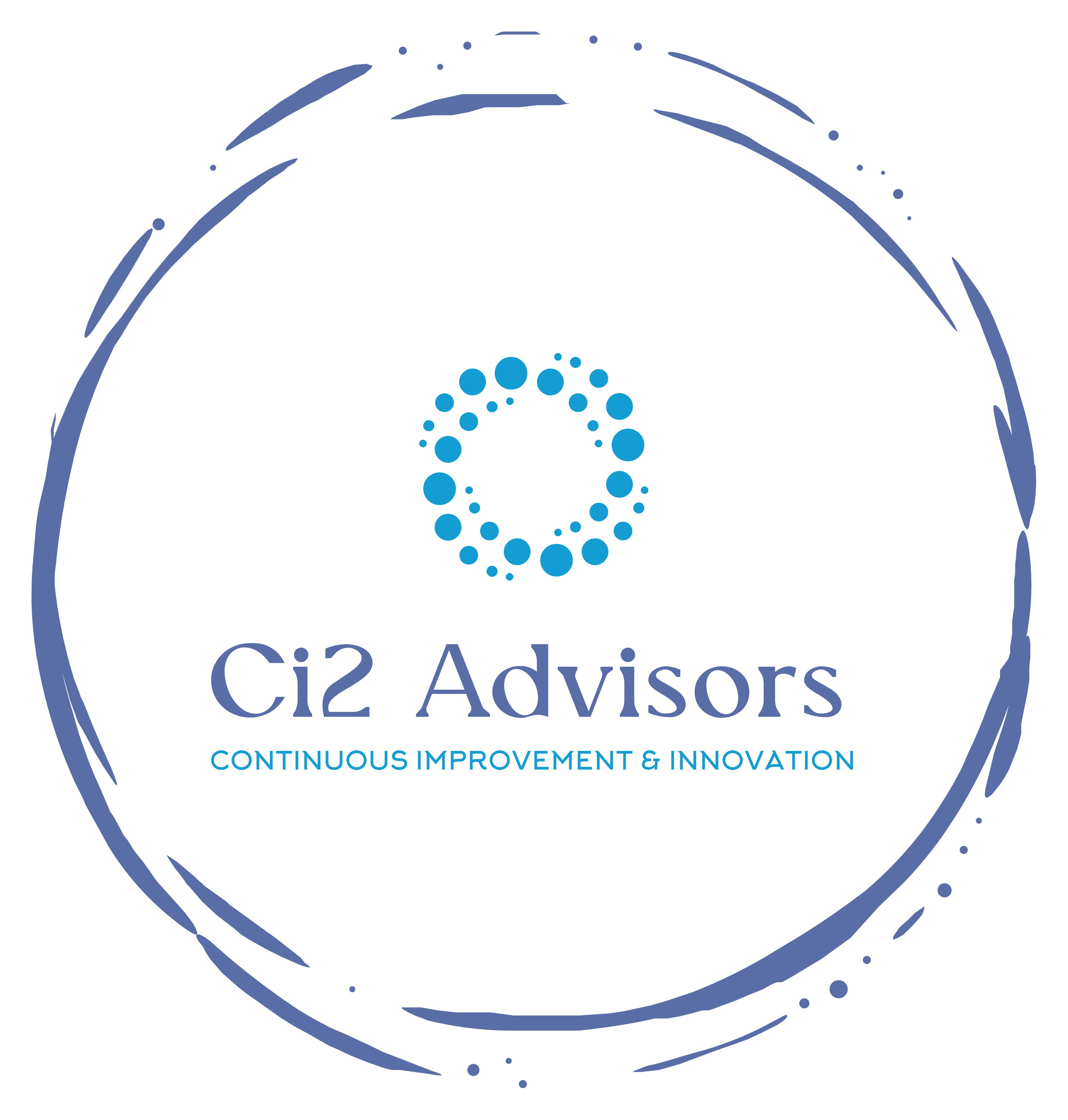Listening Isn’t What You Think It Is
In today’s workplace, communication is constant. Meetings, messages, pitches, presentations—professionals are expected to convey ideas clearly and quickly. But amid the rush to speak, share, and be heard, a crucial skill often goes ignored: listening. And not just passive hearing or polite nodding, but transformational listening—the kind of listening that builds trust, unlocks insight, and leads to lasting change.
While most people think they’re good listeners, the reality is that few have mastered the kind of presence and patience that transformational listening requires. It’s more than a technique. It’s a mindset, a posture, and a discipline. In a business world defined by speed, scale, and distraction, this type of listening is becoming rare—and that’s exactly what makes it so powerful.
The Business Case for Listening
Listening has long been considered a soft skill, often listed at the bottom of leadership competencies or tucked into onboarding checklists. But in a time where trust is hard to earn and easy to lose, listening is no longer optional—it’s strategic.
Effective listening enables stronger relationships with clients, clearer collaboration across teams, and more responsive leadership. It helps professionals cut through assumptions and get to the root of challenges quickly. It deepens empathy, sharpens storytelling, and strengthens decision-making. Listening isn’t just a support skill for communication—it’s the foundation for everything meaningful in business: trust, relevance, insight, and influence.
Companies spend millions developing leaders who can speak with impact. But the leaders who truly move organizations forward aren’t just great talkers—they’re exceptional listeners. They know that their ability to shape a compelling message depends entirely on their understanding of the person they’re speaking to.
The Crisis of Disconnection
We are living in a paradox: never before have we had more tools to connect, and never before have so many people felt so misunderstood. Despite the proliferation of communication channels, genuine connection is in decline. Teams operate in silos. Clients feel unseen. Colleagues talk past each other in meetings. And beneath all of it lies a simple truth: we’re not really listening.
Part of the problem is speed. Business moves fast, and professionals are expected to keep up. The pressure to respond, perform, and produce often leaves little room for real curiosity. Listening is viewed as a passive act—something to get through before making your point. But when we rush past the act of listening, we miss the very information that could make our ideas more relevant, our relationships more authentic, and our strategies more effective.
Another challenge is noise. Professionals are bombarded with messages from all directions—Slack, email, texts, video calls, social feeds. Amid this barrage, attention becomes a scarce resource. We multitask through conversations. We skim instead of absorb. In this climate, deep listening becomes both a competitive advantage and a human necessity.
What Makes Listening “Transformational”?
Not all listening is created equal. There’s the kind of listening that checks boxes and confirms what you already know. And then there’s transformational listening—the kind that changes the dynamic of a conversation, a relationship, or even a business strategy.
Transformational listening is active, but not reactive. It involves more than just hearing words. It means tuning into what someone is really saying—the story underneath their story. It’s about understanding emotional context, reading tone and hesitation, and listening not just for content, but for meaning.
This kind of listening requires humility and focus. It asks us to put aside our need to be right or to perform. It demands patience and curiosity. And most importantly, it leads to insight. When you listen deeply, people feel safe enough to say what they truly think. They open up. They get honest. And that honesty becomes a wellspring of trust and clarity.
At CI2 Advisors, transformational listening is at the core of every strategy. It’s how we uncover the real stories behind behavior, the real resistance to change, and the real potential in people and organizations. It’s not just a method—it’s a way of leading.
The Connection Between Listening and Storytelling
Storytelling is one of the most powerful tools in business. It helps clarify complex ideas, inspire action, and build emotional connection. But even the most compelling story falls flat if it doesn’t resonate with its audience. And resonance begins with listening.
If you want your story to land, it needs to reflect the reality of the person you’re telling it to. It needs to speak to their fears, frustrations, and aspirations. That kind of storytelling can’t come from a script—it comes from knowing your audience well enough to tell a story that feels like it’s about them.
Listening is what enables that. The better you listen, the more accurate and relevant your story becomes. You stop telling people what you want to say and start telling them what they need to hear. And when your story aligns with their emotional truth, it builds trust. It opens doors. It moves people.
Transformational listening, then, is not just a tool for better understanding. It’s the source of every powerful story you’ll ever tell.
Listening in a Tech-Driven Workplace
Technology has changed how we work—and how we listen. Digital tools make communication faster, more efficient, and more scalable. But they can also create emotional distance. Zoom calls cut off body language. Slack threads strip out tone. AI-generated responses may sound polished, but they lack context.
The risk is that we begin to confuse communication volume with communication quality. We mistake visibility for connection. We become great at talking, but poor at tuning in. And without realizing it, we erode the very trust we’re trying to build.
Yet the solution isn’t to abandon technology—it’s to pair it with humanity. We need both. Professionals who excel in the future will be those who can navigate AI with fluency and communicate with emotional intelligence. They’ll know how to prompt a chatbot—and also how to read a person. They’ll blend hard skills with soft skills to create communication that is both smart and sincere.
Transformational listening is what ensures that technology enhances our relationships instead of replacing them. It helps us use tools in service of understanding, not in place of it.
The Impact of Listening on Leadership
In leadership, listening is often underestimated. We focus on vision, direction, and delivery. But the best leaders aren’t just visionaries—they’re mirrors. They reflect the concerns, values, and strengths of their teams. They make people feel heard before asking them to act. And that sense of being heard is what fuels engagement, alignment, and loyalty.
When leaders listen well, they don’t just manage—they relate. They’re not guessing what their people need; they know. Because they’ve taken the time to ask and absorb. This kind of listening-based leadership builds cultures of psychological safety. It opens space for innovation. It empowers teams to speak up, contribute, and own their work.
In moments of uncertainty, people don’t need perfect answers. They need to know their voice matters. Listening gives them that assurance. And once that trust is established, everything else becomes easier—change, accountability, collaboration, performance.
Reclaiming the Art of Listening
So how do we return to transformational listening in a world that doesn’t make space for it?
We start by slowing down. By entering conversations with the intent to understand, not just to respond. By resisting the urge to jump in with advice or solutions and instead allowing silence to do its work.
We make listening a practice—not something we do occasionally, but something we build into our leadership, our conversations, and our culture. We ask deeper questions. We give our full attention. We learn to notice what’s not being said.
And we reflect back what we hear—not to prove that we were listening, but to make the other person feel seen. That reflection creates alignment. It validates emotion. And it turns transactional conversations into transformational moments.
The Listening Advantage
The next era of business won’t be led by those who talk the most. It will be led by those who listen best. Those who take the time to understand before they try to influence. Those who use story to reflect, not to perform. Those who recognize that communication is not a competition, but a connection.
Transformational listening is not just a communication skill—it’s a strategic one. It changes the way you lead, coach, sell, and serve. It allows you to reach the heart of a challenge, not just its surface. It earns trust in moments when others are fighting for attention. And it transforms every story you tell from something you say into something your audience feels.
In a world racing to be heard, the real power lies in being the one who listens.
About CI2 Advisors
CI2 Advisors helps leaders, coaches, and organizations elevate their impact by transforming how they listen, communicate, and lead. Through story-driven strategies and transformational listening, we teach people how to connect more deeply, influence more meaningfully, and build trust that lasts. Learn more at ci2advisors.com.







